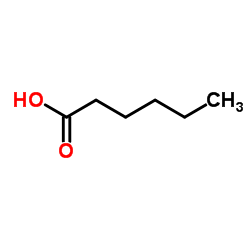| Structure | Name/CAS No. | Articles |
|---|---|---|
 |
1-Hexanoic acid
CAS:142-62-1 |
|
 |
N-CAPROIC ACID SODIUM SALT
CAS:10051-44-2 |
|
 |
Hexanal
CAS:66-25-1 |